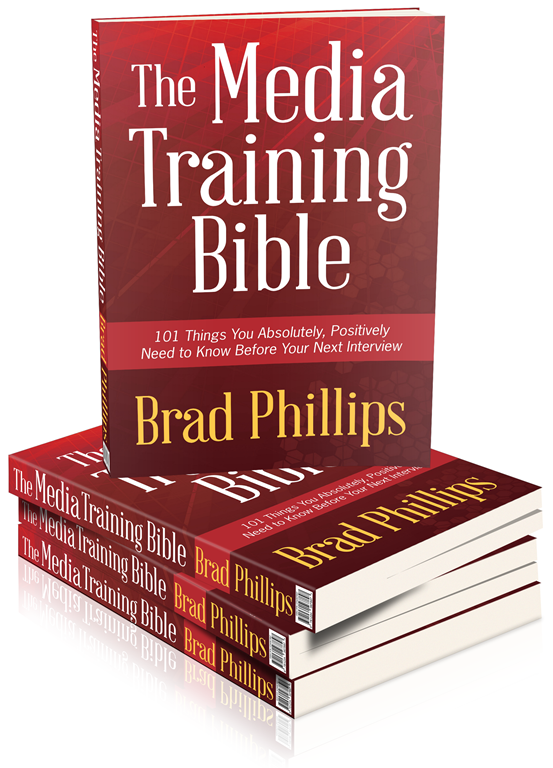I Want My Money! An Important Lesson From A Great Ad
I am not a numbers person. But a well-told statistic tends to stick with me.
In our media training sessions, Brad and I emphasize the importance of using both stories and statistics to support your organization’s message. They’re a critical part of communications. But statistics are particularly important for data-driven audiences.
Still, it’s not enough to give even a data-friendly audience raw numbers. So what makes a well-told statistic? Context. A statistic expressed in a relatable manner will be memorable for your audience. They may not remember the number itself, but they’ll remember your central point. And in most cases, that will serve your purpose beautifully.
Recently, H&R Block launched a campaign with the best example of statistics in context that I’ve seen in a long time.
The reason this commercial works so well is that it places one billion dollars into a relatable context. One billion dollars is too much money for the average person to grasp — and if we divided that $1 billion by the number of taxpaying Americans, the number would be too small to make us care.
However, $500 on every stadium seat in America is something startling and memorable. We can imagine that amount of money and think, “Why am I not getting my share of that?” Mission accomplished.
In The Media Training Bible, Brad shares four additional ways to cite statistics:
1. Make numbers personal
Numbers are often best when reduced to a personal level. Instead of saying a tax cut would save Americans $100 billion this year, say the average family of four would receive $1,250 in tax relief.
2. Don’t rely on percentages
Instead of proclaiming that your company’s new energy-efficient manufacturing equipment will cut your plant’s carbon footprint by 35 percent, be more specific. Will that new efficiency save 20,000 gallons of oil this year, enough to fuel 36 company trucks for an entire year? Say so!

3. Use ratios
An estimated 170,000 people in Washington, DC, are functionally illiterate. But that number doesn’t tell you much, especially if you have no sense of the overall population. Instead, you might say:
“One in three adults living in Washington, DC, is functionally illiterate. Next time you’re on the Metro, look around you. Odds are that the person to your left or right can’t read a newspaper.”
4. Provide relative distance
If your car company is introducing an updated model, you’d be proud to announce that the improved version gets four miles more per gallon. But you’d get even more traction if you said, “That’s enough to get from Maine to Miami once per year—without spending an extra penny on gas.”
Christina Mozaffari tweets at @PMRChristina.



Hi Christina – a good point backed up with some nice examples.
“That’s enough to get from Maine to Miami once per year—without spending an extra penny on gas.”
That’s a great opportunity to follow up with some mild humor, e.g. “We are of course taking steps to ensure that our staff don’t use the savings to drive from Maine to Miami.”
Do you think that kind of remark is appropirate / likely to assist or detract from the main point?
Best wishes
John
John,
Great joke. Did you just come up with that?
Good stuff, man.
Cheers,
Steve
That’s why a standard measure of reference for size in the UK is either soccer fields or double decker buses! It’s something everyone can relate to